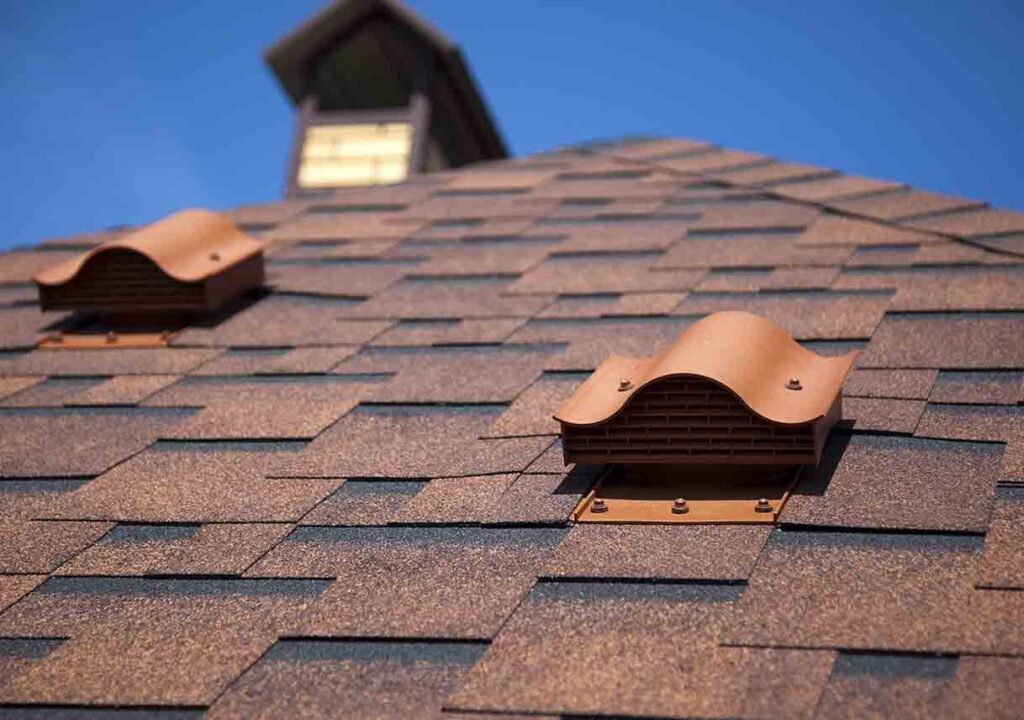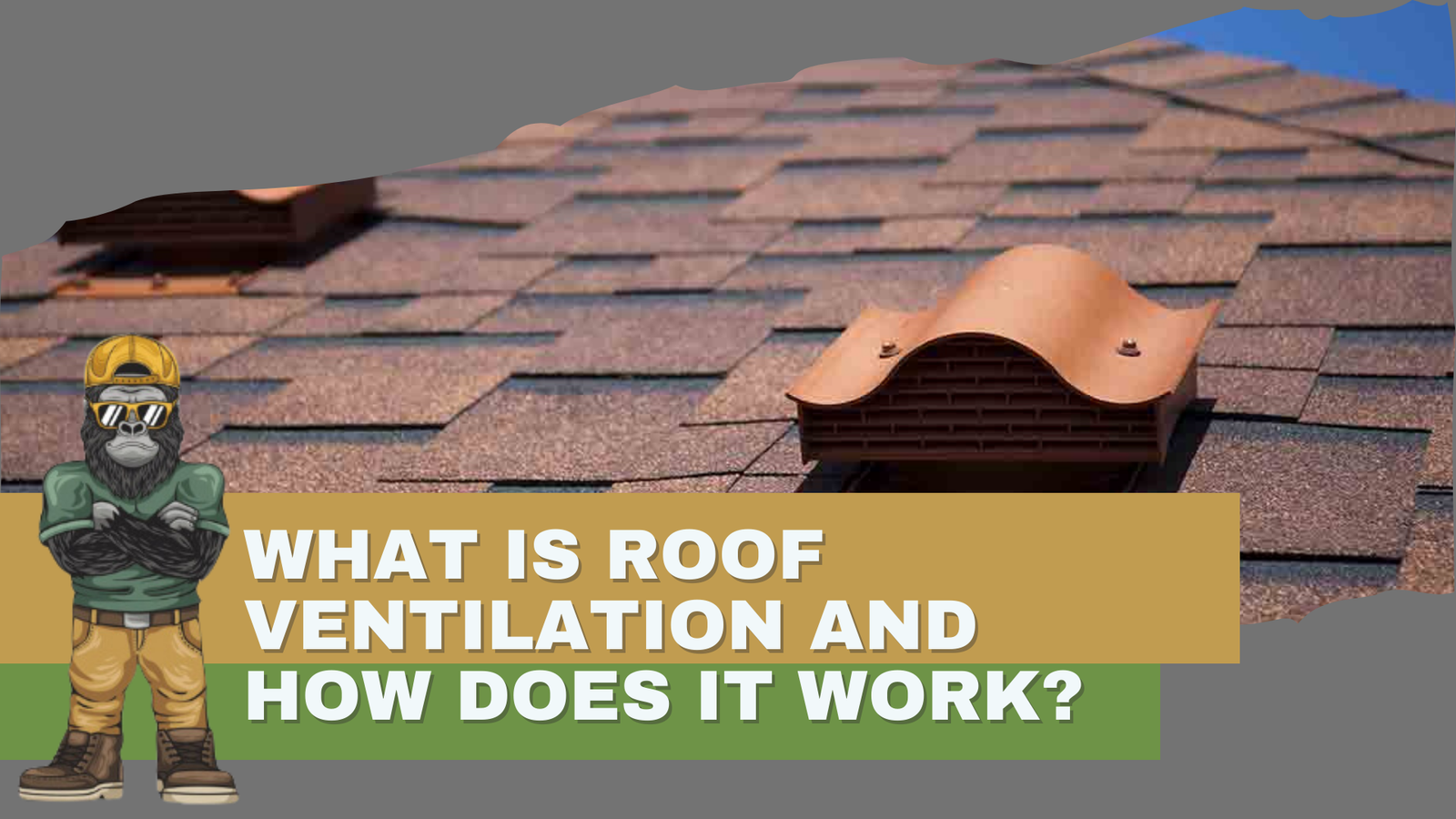Roof Ventilation: Why It Matters for Your Home’s Energy Efficiency with Gorilla Exterior CO
When it comes to maintaining a comfortable, energy-efficient home, roof ventilation often goes unnoticed. However, proper ventilation is a critical component in protecting your roof’s integrity, reducing energy costs, and ensuring a healthy indoor environment. At Gorilla Exterior CO, we understand the importance of optimizing roof ventilation for long-term savings and home protection. In this article, we’ll cover why roof ventilation matters, how it works, the types of ventilation systems available, and the energy efficiency benefits you can achieve by making smart choices for your home.
What Is Roof Ventilation and How Does It Work?
Roof ventilation systems regulate airflow through your attic or roof space. These systems balance the intake and exhaust of air, preventing moisture buildup and maintaining a consistent temperature inside your home. Proper ventilation allows warm, moist air to escape while drawing in fresh air from outside. This airflow minimizes heat buildup in the summer and reduces condensation in the winter.
Without adequate ventilation, heat and moisture can accumulate in your attic, causing long-term damage to your roof and driving up your energy bills. Over time, inadequate ventilation can cause premature roof aging, mold growth, and increased strain on your HVAC system.
The Importance of Roof Ventilation for Energy Efficiency


Proper roof ventilation is essential for maintaining optimal energy efficiency in your home. Here’s how a well-ventilated roof impacts your home’s energy performance:
1. Reduces Heat Build-Up in the Summer
During hot summer months, poor roof ventilation can cause your attic to act like an oven, trapping heat and raising indoor temperatures. This forces your air conditioning system to work harder, increasing energy consumption and utility costs.
With effective ventilation, hot air escapes through roof vents, preventing heat from transferring into your living space. As a result, your HVAC system works more efficiently, leading to lower cooling costs and a more comfortable indoor environment.
2. Prevents Moisture Buildup in the Winter
In the winter, warm air from your home rises into the attic. Without proper ventilation, this warm air condenses on cold roof surfaces, leading to moisture buildup. Over time, trapped moisture can cause mold growth, wood rot, and structural damage.
Roof ventilation helps regulate attic temperature, reducing condensation and preventing moisture-related issues. This is especially important in areas with fluctuating weather conditions, where ice dams can form if warm air melts snow on the roof and refreezes at the edges.
Benefits of Roof Ventilation for Your Home
Investing in proper roof ventilation provides multiple long-term benefits for homeowners:
1. Extends Roof Lifespan
Heat and moisture are two of the biggest threats to your roof’s longevity. Without proper ventilation, shingles can warp and deteriorate, and the roof deck may weaken over time. By maintaining a balanced airflow, you can prevent premature roof damage and extend your roof’s lifespan.
2. Improves Indoor Air Quality
Poor ventilation can cause stale, polluted air to accumulate inside your home. This can lead to respiratory problems and increased allergens. Effective ventilation systems allow fresh air to circulate, improving the overall air quality inside your home.
3. Enhances Energy Efficiency
By preventing excess heat and moisture, roof ventilation systems help regulate indoor temperatures, reducing the strain on your HVAC system. This translates into lower energy bills and a more energy-efficient home.
4. Prevents Ice Dams and Structural Damage
In colder climates, ice dams can form on poorly ventilated roofs, causing water to back up under shingles and into your home. Proper ventilation ensures that your roof stays at a consistent temperature, reducing the risk of ice dams and related damage.
5. Reduces Maintenance Costs
A well-ventilated roof requires less maintenance over time. By preventing moisture buildup, mold growth, and structural damage, you’ll save money on costly repairs in the long run.
Types of Roof Ventilation Systems
There are several types of roof ventilation systems available. Choosing the right system for your home depends on your roof design, climate, and budget.
1. Ridge Vents
Ridge vents are installed along the roof’s peak to allow warm air to escape from the attic. These vents are highly effective and blend seamlessly with your roofline.
2. Soffit Vents
Soffit vents are installed under the eaves of your roof to allow cool air to enter the attic. These vents work in conjunction with ridge vents to create a balanced airflow system.
3. Gable Vents
Gable vents are placed on the gable ends of the roof to improve cross-ventilation. These are ideal for homes with steep-pitched roofs.
4. Turbine Vents
Turbine vents use wind power to spin and pull hot air out of the attic. These are cost-effective options for homes in areas with consistent wind.
5. Powered Attic Fans
Powered attic fans are electrically operated and can be programmed to turn on when temperatures reach a certain level. These are ideal for homes with high heat exposure.
How Roof Ventilation Saves You Money
Investing in proper roof ventilation can lead to significant savings on energy bills and roof maintenance costs. Here’s how:
- Lower Cooling Costs – By reducing heat buildup, your air conditioning system will use less energy to cool your home.
- Reduced Heating Costs – In the winter, proper ventilation prevents heat loss through the roof, reducing heating expenses.
- Fewer Repairs – Preventing moisture buildup reduces the risk of mold, wood rot, and ice dam formation, saving you money on repairs.
Signs of Poor Roof Ventilation
If you notice any of the following signs, your roof may need better ventilation:
- Excessive heat in the attic
- Mold or mildew in the attic
- Peeling paint or warped shingles
- High energy bills
- Ice dams in winter
Addressing ventilation issues early can help prevent serious damage and costly repairs.
FAQs About Roof Ventilation and Energy Efficiency
1. Why is roof ventilation important for energy efficiency?
Roof ventilation helps regulate indoor temperatures, reducing the strain on your HVAC system and lowering energy costs.
2. Can poor roof ventilation cause roof damage?
Yes, inadequate ventilation can cause moisture buildup, wood rot, and shingle deterioration, leading to costly repairs.
3. How do I know if my roof is properly ventilated?
Signs of poor ventilation include excessive attic heat, high energy bills, and mold growth. A professional inspection can confirm ventilation issues.
4. What is the best type of roof ventilation system?
The best system depends on your home’s design and climate. Ridge vents combined with soffit vents are among the most effective.
5. How much does roof ventilation improve energy efficiency?
Proper roof ventilation can reduce energy costs by up to 15%, depending on your home’s size and insulation.
In conclusion, roof ventilation plays a vital role in ensuring your home remains energy-efficient, comfortable, and well-protected. At Gorilla Exterior CO, we specialize in providing solutions that improve your home’s performance and longevity. Contact us today for a professional roof inspection in Denver, PA and ventilation assessment.





